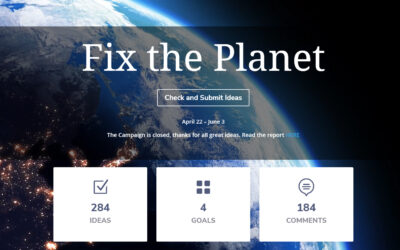There have been many scientific investigations into the nature of creativity and ideation, and what sorts of techniques businesses must master to harness it. Creativity works are informed by strains of intellectual, emotional, motivational and moral choices, many of them subconscious. Common traits shared by creative thinkers in all industries include:
• An openness to one’s inner life
• A preference for complexity and ambiguity
• An unusually high tolerance for disorder and disarray
• The ability to extract order from chaos
• Independence
• Unconventionality
• A willingness to take risks
All of which tend to be exciting to be around, but most of which are inconsistent with the needs of the enterprise to scale up operations by the standardization of routine tasks.
Innovation Sprint – The Run To Success
Psychologist Frank Barron at UC Berkeley described the creative type as someone who is “both more primitive and more cultured, more destructive and more constructive, occasionally crazier and yet adamantly saner, than the average person” Building on his work, neurologist Marcus Raichle found that creativity is not a “right brain” function, as is commonly understood. Creative works emerge from a dynamic interplay of inputs from many disconnected regions across the entirety of the brain. Notably, creativity heavily relies on activation of regions related to emotions, the unconscious and dreams. Raichle found that the interior surface of the brain, particularly in the frontal, parietal and temporal lobes, were engaged in a network of imagination. It is most productive in unstructured ruminations when people daydream and allow their minds to wander without direction (Ibid).

The ideation stage is most successful when leaders can guide development teams into this state for brainstorming, ideation campaigns and end of end innovation sprints. When properly prepared and given the right incentives, creative teams can manage contradictory modes of thought—cognitive and emotional, deliberate and spontaneous. You will be able to activate this resource to dream bigger and see more clearly what customers need rather than what they want. At the end of the day – ideation is the fuzzy forefront where visions are turned into tangible big ideas that can be formed as project delivering success. We call this innovation sprints.




